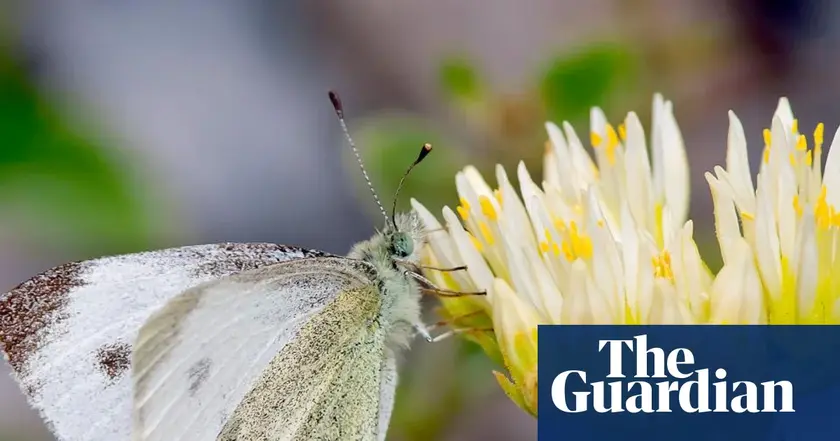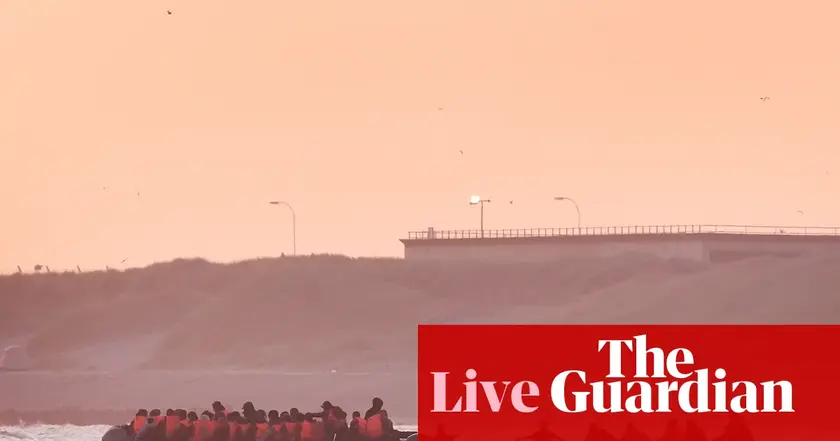T4K3.news
UK confirms first southern small white sightings
Two verified sightings in County Durham and Suffolk mark the first UK records of Pieris mannii.

Two verified sightings in Durham and Suffolk mark the first UK records of Pieris mannii, a butterfly expanding north with climate change.
UK confirms first southern small white butterfly sightings
Britain has confirmed its first sightings of the southern small white butterfly Pieris mannii. Two individuals were recorded this summer, one in Hartlepool, County Durham on July 1 and the other at Landguard nature reserve in Suffolk on August 2. Experts verified the identifications, noting tiny wing-mark differences that distinguish it from native whites. The species has been moving north through Europe since 2008, a trend aided by warmer springs and milder winters. Identification is aided by field guides and photos, including apps like ObsIdentify.
The sighting is part of a larger shift in insect ranges linked to climate change. Gardeners can help by planting host plants such as candytuft, which the southern small white uses. The Jersey Tiger moth has also increased in sightings this year, illustrating a broader shift in biodiversity across Britain.
Key Takeaways
"This is really exciting."
Dr Dan Hoare reacting to the first UK sighting
"Top marks to the eagle-eyed snappers who not only got photos, but also realised the significance of what they'd seen."
Butterfly Conservation official praising observers
"There are going to be winners and losers from the very rapid climate change we’re experiencing."
Hoare on climate change impacts
The discovery underscores how citizen science and digital tools enable rapid tracking of species moves. It shows climate change at work, pushing warm-weather species into new places and challenging local ecosystems. The story also highlights the balance between curiosity and caution: a new butterfly brings excitement but may alter plant communities that native species rely on.
Policy and garden design matter. Creating connected, high-quality habitats at a landscape scale can help climate movers thrive while protecting already vulnerable species. Public communication that combines pleasure with stewardship is crucial as nature keeps shifting its map.
Highlights
- New wings on the map show our planet is changing
- Top marks to the eagle eyed snappers
- Gardens can become corridors for climate movers
- Nature keeps rewriting the map one wingbeat at a time
Nature keeps moving, and our actions will determine what comes next.
Enjoyed this? Let your friends know!
Related News

Europe to fund Ukraine defense continues

New studies explore sunlight benefits for health

Great White Shark Genetics Deepens Mystery

Polling shows British support for strict anti-immigration policies

Tory MP criticizes Starmer's handling of asylum seekers

Rozz Darlington welcomes baby Arabella Morris-Darlington

Ukrainian military impacted by Starlink outage

Dani Dyer linked to Strictly Come Dancing 2025
